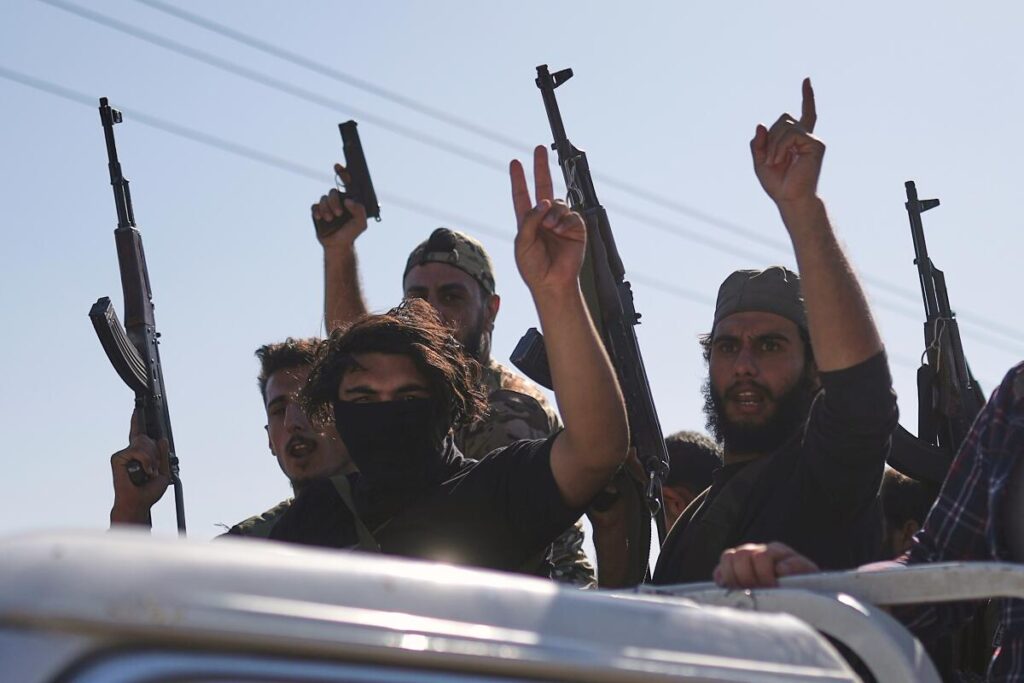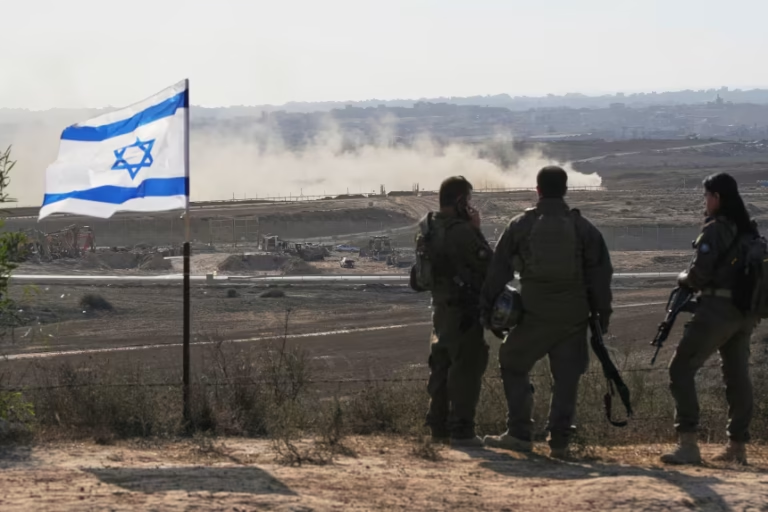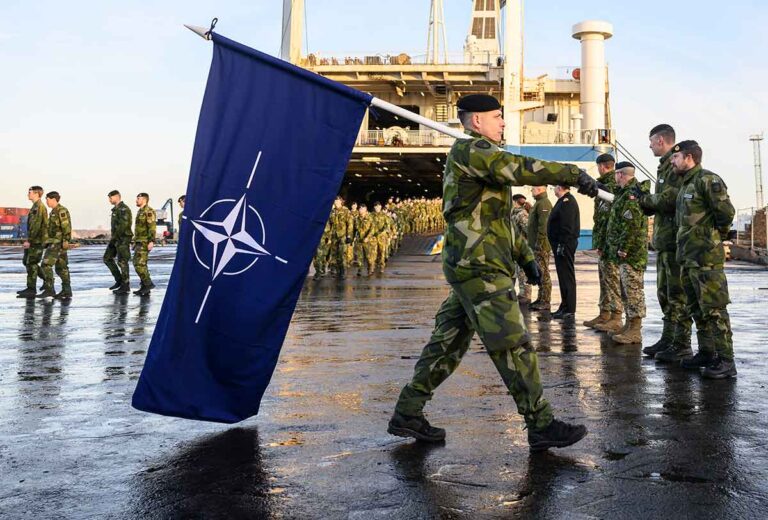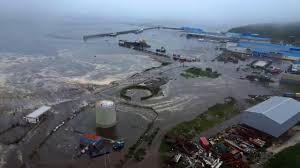
A tenuous truce exists in the southern Syrian region of Sweida following a week of severe sectarian fighting.
The ceasefire, facilitated by the US, Turkey, Jordan and other nearby countries, comes after a series of casualties between Druze militias, Bedouin fighters and Syrian government forces. Through significant US diplomatic engagement, pressure has been put on the Syrian government to prevent further violence and bring stability to the region.
🛑 The ceasefire holds, but tensions remain.
Authorities in Damascus announced that all fighters had withdrawn from urban centers such as Sweida, while state forces were deployed to secure key areas.Syrian authorities have directed religious leaders and tribal leaders to adhere to the ceasefire.
Although shelling in the city’s suburbs is said to have stopped, the front lines remain tense on the flanks, with sporadic clashes between Druze and Bedouin groups.

🇺🇸 US calls for Damascus to respond
With Envoy Tom Barrick, the US facilitated a ceasefire and insisted that Damascus immediately stop the violence, Secretary of State Marco Rubio explicitly called on the Syrian government to prevent sectarian militants and jihadist factions from inciting fresh violence and ensure that those responsible are brought to justice.
🕊️ The humanitarian emergency continues.
The conflict has displaced more than 80,000 civilians, cut off water, electricity and communication lines, and devastated hospitals are now functioning at a minimum. Global aid agencies have stressed the importance of safe humanitarian access and full access to medical supplies.
🔍 The Way Forward
Although both Damascus and Druze leaders have endorsed the ceasefire, various factors pose risks:
Government stability, including accounts from legal representatives and documented government surveillance.
Israeli airstrikes on Syrian positions protecting the Druze could escalate tensions.
There is a risk of a breakdown, as Bedouin fighters have previously ignored ceasefire directives.
U.S. officials say ongoing pressure and regional monitoring are necessary to maintain this fragile peace.A failure to achieve success might drive southern Syria into sectarian strife once again.


